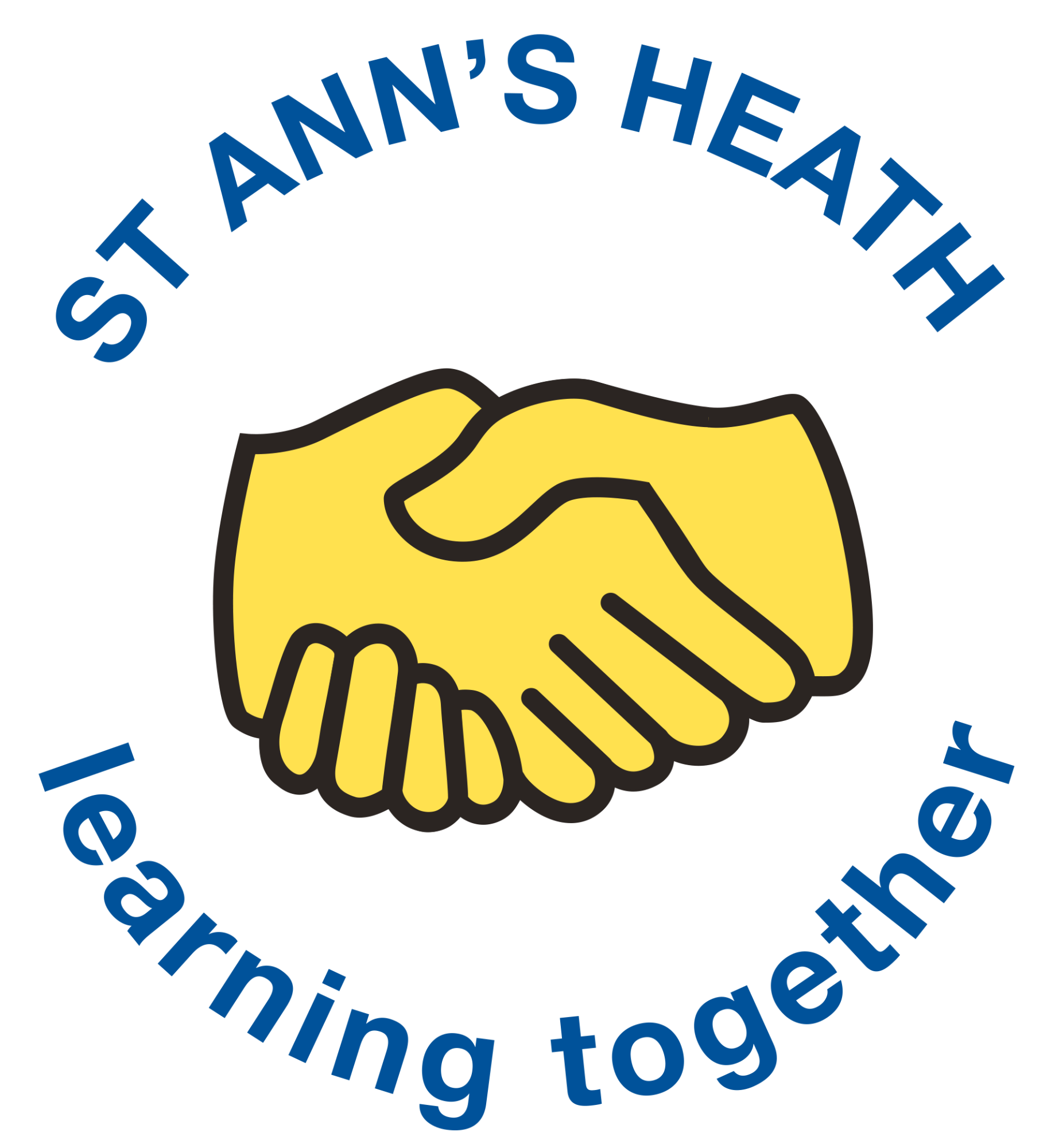Geography
Geography is learning about people and places.
"I love geography because we got to go to Box Hill and I liked seeing all the nature and the views from the very top of the hill," – Year 5
At St Ann’s Heath, we know that geography is a subject which allows our children to better understand the world and its people, cultures, places and environments. Woven throughout our creative curriculum, geography allows our children to understand how and why places are changing, and raises their interest and knowledge regarding climate change, global warming and wider world issues, meaning they are better equipped to work towards an improved future for the planet. At St Ann’s Heath, we believe that Geography helps to provoke and provide answers to questions about the natural and human aspects of the world. Children are encouraged to develop a greater understanding and knowledge of the world, its interconnectedness and their place in it. The geography curriculum at St Ann’s Heath enables children to develop knowledge and skills that are transferable to other curriculum areas and which can and are used to promote their spiritual, moral, social and cultural development.
Intent
- Geography is an integral part of our creative curriculum, fostering meaningful links with other subject areas.
- Educate our children about key physical and human processes on Earth.
- Encourage respect for the local, national, and international environment, instilling a sense of responsibility and care.
- Promote curiosity and understanding of the world, diverse cultures, places, and environments.
- Encourage our children to question and explore the world around them, fostering a sense of wonder.
- Provide our children with an understanding of how and why places are changing.
- Promote interest and encourage children to question global issues, such as climate change.
- Develop an awareness of the impact of human actions on the environment.
- Expand geographical vocabulary, increasing children's knowledge and curiosity about the wider world.
- Expand knowledge of local and national demographics, fostering an understanding of the diverse communities around them.
- Ensure our children understand their role as future ambassadors, instilling a sense of care and responsibility for the world.
- Foster a deep sense of connection and stewardship toward the environment.
- Enable our children to recognise the importance of their voice in shaping discussions on global issues.
Implementation
Our geography curriculum implementation is designed to provide a structured, engaging, and comprehensive learning experience. Through scaffolding, explicit modelling, knowledge organisers, enrichment experiences, and systematic mapping our children are supported in their geographical journey, fostering a deep understanding of the world around them.
- Geography topics seamlessly integrated into units of learning as part of our creative curriculum.
- Learning is scaffolded to support children in recalling previous learning and making connections.
- Explicit modelling of subject-specific vocabulary, knowledge, and skills aids integration of new knowledge into larger concepts.
- Use of knowledge organisers to provide scaffolding for children, aiding in retaining new facts and vocabulary in their long-term memory.
- Knowledge organisers utilised for pre-teaching and supporting home learning.
- Year 3 local study and Year 4 local trip and map work to Narnia garden provide enriching experiences. These experiences offer practical applications of geographical concepts, fostering a deeper and more meaningful understanding.
- Year 6 local study linked to local history creates connections between geography and historical narratives.
- Knowledge, skills, and vocabulary are systematically mapped using progression documents. This mapping ensures a clear and structured development of geography understanding throughout KS2.
- Progression documents serve as guides for teachers, ensuring a comprehensive development of geographical knowledge and skills.
- Regular monitoring of progression documents allows for the adaptation of teaching strategies to meet evolving student needs.
Impact
The impact of our geography curriculum is assessed through the following methods:
- Book looks
- Analysis of planning skeletons
- Learning walks
- Curriculum reviews
- Pupil voice
- Pupil voice reveals that our children are confident and articulate in discussing what they have learnt in geography.
- Pupil voice reflects a growing knowledge of the world and a deeper understanding of their place within it.
- Learning walks and book looks demonstrate children’s engagement and absorption of geographical content.
- Evidence from planning reviews indicates a noticeable development in the wider vocabulary of geographical terms amongst children.
- Pupil voice reveals a genuine aspiration amongst children to discover more about the world.
- High-quality work produced by pupils showcases the acquisition of knowledge, skills, and subject-specific vocabulary.
- Children’s work aligns with the objectives of the KS2 geography curriculum.
- Class teacher markings on progression documents are regularly monitored by the subject lead to ensure full coverage of the curriculum.
- By the end of each key stage, most children are either working within or beyond the expected standard for their age in geography.
